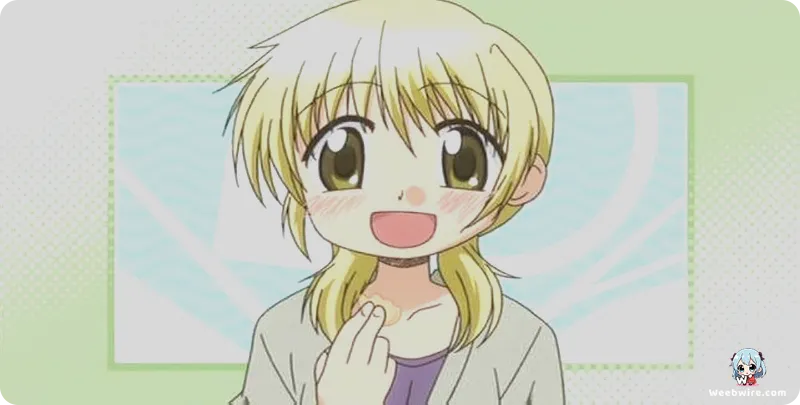The Quiet Revolution: How Hidamari Sketch Became the Unsung Architect of Modern Anime Aesthetics at Studio SHAFT

Since its 2007 debut, the anime adaptation of Ume Aoki’s four-panel manga, Hidamari Sketch, has cemented its status as a quintessential example of the 'iyashikei' or 'healing anime' genre. While ostensibly a simple narrative about art students Yuno, Miyako, Hiro, and Sae living in the cozy Hidamari Apartments, the show's production history and creative architecture hold numerous surprising facts that highlight its profound influence on modern anime aesthetics. Far from being just a gentle, relaxing watch, Hidamari Sketch served as the crucial testing ground where Studio SHAFT forged visual techniques that would later define massive international hits across the industry.
The Dual Creative Vision of Ume Aoki
Perhaps the most compelling piece of trivia surrounding the series lies in the creator herself, Ume Aoki. Although celebrated for the soft, rounded, and endearing designs of the Hidamari Sketch cast, Aoki is also the original character designer for the radically different magical girl deconstruction, Puella Magi Madoka Magica. This stark contrast—the lighthearted, mundane reality of art school juxtaposed against the existential horror of magical contract girls—showcases Aoki’s immense versatility. The fact that the same artistic hand conceived both the comforting, sunlit world of Hidamari Apartments and the psychologically harrowing universe of Madoka Magica is a powerful testament to her unique talent, making Hidamari Sketch a foundational text for understanding her broad and impactful creative output.

Forging Studio SHAFT's Signature Visual Style
Beyond its creator, the series is inextricably linked to Studio SHAFT and director Akiyuki Shinbo. Hidamari Sketch was more than just a standard project for SHAFT; it was the crucible where the studio refined and standardized the visual language that would eventually become its unmistakable trademark. Many of the visual quirks fans now associate with SHAFT—such as the rapid, stylized cuts, the insertion of real-world photography into abstract backgrounds, and the now-iconic 'Shinbo Head Tilt'—were solidified and perfected during the production of this show. Before the massive success of the Monogatari series or Madoka Magica, it was the quiet, episodic life of Yuno and her friends that provided Shinbo and his team the freedom to experiment aggressively with cinematic pacing and abstract visual metaphors. The deliberate use of stark colors, unconventional framing, and textual overlays, which became synonymous with later SHAFT projects, found their early, successful expression within the gentle confines of the art school dormitory.
An Innovative Non-Linear Narrative
Another interesting fact concerns the anime's innovative approach to narrative structure. Adapted from a 4-koma manga, which typically favors short, gag-driven stories, the anime employed a highly unusual non-linear timeline. Unlike many slice-of-life shows that follow strict chronology, Hidamari Sketch frequently jumps around within the academic year. Episodes might start in winter and flash back to summer, or feature events seemingly out of order. This deliberate temporal fluidity was aimed at maximizing the thematic relevance of each short narrative segment rather than adhering to rigid realism. This storytelling choice contributes significantly to the series’ dreamlike, nostalgic quality, making it feel less like a documentary of student life and more like a cherished, slightly disorganized collection of memories. Its longevity, spanning multiple seasons and special episodes (OVA/SP) while maintaining a consistent core staff, underscores its dedicated fanbase and its critical importance in establishing the visual groundwork for 21st-century anime.
Credits
Hidamari Sketch
Author
Ume Aoki
Cover Art
Ume Aoki
Studio
Shaft
Publisher
Houbunsha
Producers





